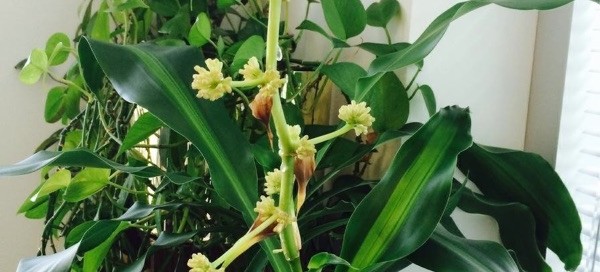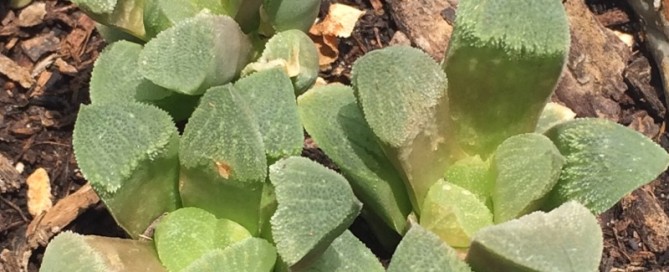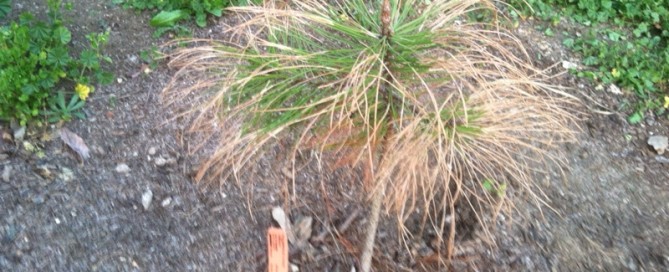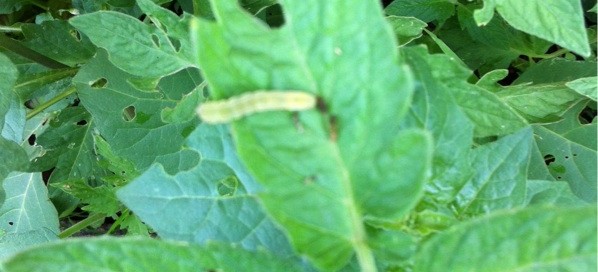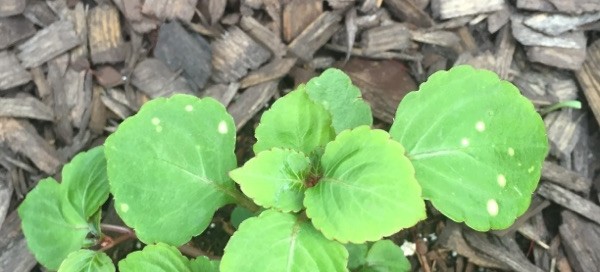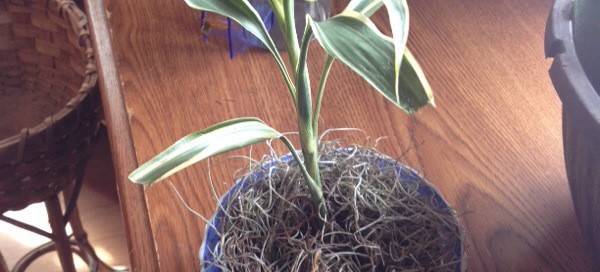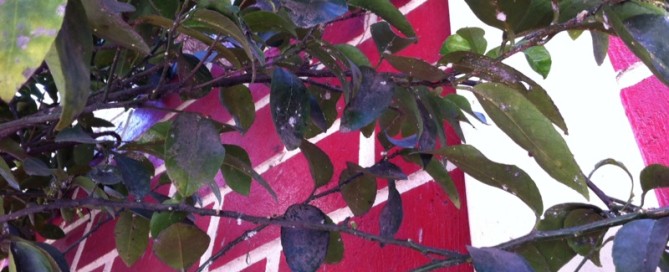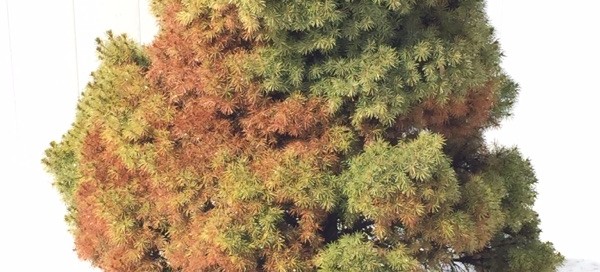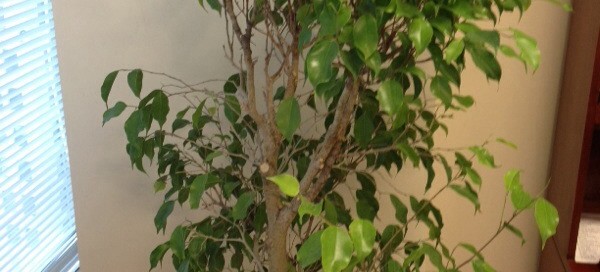Dracaena
Your plant is likely a species of Dracaena that is in flower. It is popular as a house plant or outdoors where winters are mild. As a house plant it needs bright indirect light, regular water and feed with a slow-release fertilizer formulated for container plants. Do not allow plant to sit in water as this may lead to root rot as well as browning leaf tips. Water in the sink or shower if possible and allow the water to drain out completely. Water only when the soil feels dry down to the first knuckle. If leaf tips turn brown, your tap water may have too many salts in the water so switch to steam iron water. Most houseplants are endemic to the tropics and are sensitive to salts in the water or quick release chemical fertilizers.
